Nature photography composition is about so much more than most photographers realize. It’s about choosing your subject and deciding which elements in the scene complement it. But you can’t stop there. The best nature photographers are the ones who pay just as much attention to what they don’t want in their frame. And, when they have considered subject and background, light and shadow, contrast and shape and form… they still aren’t finished. Because it’s not just about what you see through your viewfinder – it’s about what you want your viewer to see in your finished artwork.
There is no cookie cutter approach to creating photography composition that speaks to your viewers. Every situation is different. Here are few nature photography composition tips that you can use to create stunning photos.
Define Your Nature Photography Subject
In many cases, this is the first step in creating impact. Most photographers view the subject as a physical object but that’s not always the case. Sometimes it can be nothing more than mood. My chosen subjects are anything that grabs my attention and for this I often need to step back and allow myself to get lost in the location that I am trying to photograph. The more specific you are in defining your subject, the easier it is for you to highlight it in your photograph.
Change Your Perspective
Sometimes looking at a familiar scene in new way can allow a nature photographer to create some stunning photos. One of the easiest ways to change your perspective is to either lower or increase the height of your camera.
Varina loved shooting these tiny crabs on Anne’s Beach in Florida not because they are attractive, but because they posed a photography challenge. They were very skittish and the slightest movement sent them scurrying back to their burrows which are only exposed during low tide. Varina needed a fine-tuned workflow to catch them in action. To catch them in action, she laid flat on the ground with her camera to create a very low perspective. This unique perspective, combined with a long lens, created a very shallow depth of field. As a result she was able to blur out all distracting elements and come away with photos that otherwise would be impossible to capture.
Work with Available Light
I love to photograph iconic locations. Who doesn’t? But I always make it a point to look around the iconic location to see what else I can find. It may be difficult to pry your eyes away from the icon you have come to shoot but if you keep an open mind, you may discover the opportunity to create impact even if you are not photographing that icon.
On our way to Horseshoe Bend, we ran into this breathtaking scene and quickly abandoned our plan to photograph the Horseshoe Bend. We captured this shot instead.
One of the fundamental differences between landscape photography and other forms of photography is that, with landscape photography, the photographer has no control over the light. All landscape photographers complain about having less than ideal light conditions. But the reality is that you can create photos with impact even in the dreaded blue-sky days or in middle of the afternoon. Here are a few examples of photos that were shot in middle of the day under harsh lighting conditions.
Use Compositional Elements to Draw Attention to Your Subject
We use compositional elements like colors, textures, mood, weather, contrast, and more to draw attention to our subjects. For example, a single human figure in the middle of a deserted island stands out from its background. A spotlight effect created by an open patch in the clouds can create a strong tonal contrast between the subject and the background which draws attention to your subject.
Use Camera Settings to Complement Photography Composition
I use camera settings and photography composition to draw the viewer’s attention to my subject. Camera settings can also be used to enhance the mood of the scene, create dreamy effects, bring out colors, and more. Here are some examples where I used camera settings to create impact in our photos. I sometimes use shallow aperture to capture a mood by creating a dreamy effect… or deliberately create abstracts by capturing an out-of-focus image.
Create a Sense of Place
The experience of landscape photography can be conveyed to the viewer by not only the subject but also the environment in which you photographed it. This often proves to be difficult especially when the subject competes too much with the background. Varina uses a simple technique of shallow DOF combined with a carefully chosen subject to capture a sense of place.
Remove Distracting Elements
When you are composing a photograph, have you ever wondered what elements to include and what to leave out? Varina and I think as much about the areas we don’t want to include as we do about the most important elements in the image. Identifying elements that we want to leave out is an incredibly helpful approach to composition. It helps us simplify our compositions and draws the viewer’s attention to the subject matter or point of interest in the photograph.
Take a look at the photograph of the Hoh rainforest above. As I composed this image, I considered each element in the scene. Which elements were important to the image I was trying to create and which were distracting or unnecessary?
My first shot showed bright overexposure in the sky – something I wanted to avoid at all costs. The trees on the left and right side of the frame were distracting as well.
When I took my second shot, I switched to a zoom lens and eliminated the elements I wanted to avoid. This shot felt a bit too cramped and failed to capture the grandeur of the forest surrounding the old tree stump.
In the end, I moved the camera and took a wide-angle horizontal shot. This set-up allowed me to include the nearby trees but avoid the large foreground trees and the sky.
Focus on the Feeling You Want to Create
Sometimes what you include and what you don’t include in your photography is selected by the feeling you want create in your viewer.
By including the small figure of Varina crossing the stream in the shot on the left, I created a sense of adventure for viewers. This shot sells quite well as a stock photograph. But what if I wanted a photography that sells as a fine art shot? In this case, I would use the image on the right that is devoid of any human activity. The image on the right gives the viewer a feeling of being in the wilderness.
Next time you are out in the field, ask yourself this question: Which of the elements in the scene should I avoid including in my photograph?
These concepts are what defines our latest Creating Impact Course. We go beyond the basics by helping you understand how to use different elements of composition (colors, contrast, textures, negative space, and more) and camera settings to capture photos with visual impact. Our Creating Impact Course was filmed entirely in Iceland and includes in-depth cases studies that demonstrate how to build your photograph around your subject matter.
Visual Wilderness https://ift.tt/3lhq74y
Sourced by Time Trap Photography sharing the best photography tips, news and tricks throughout the industry. Time Trap Photography is dedicated to freezing those special moments in life that can be revisited and admired for generations to come. - Shannon Bourque
Please visit our main site for booking availability and rates.

Receive valuable industry knowledge delivered free to your email each day.


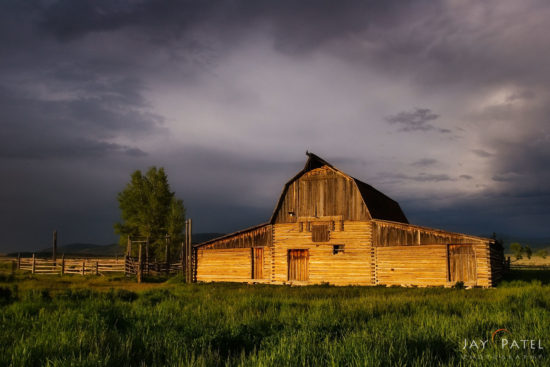
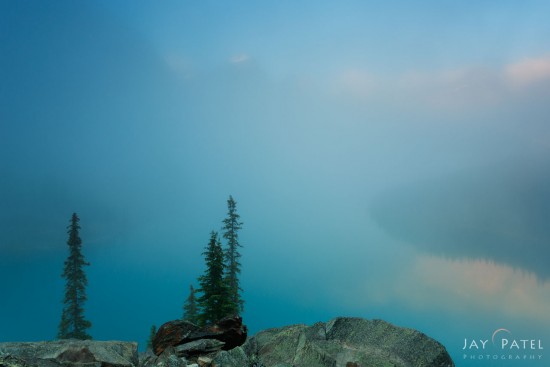


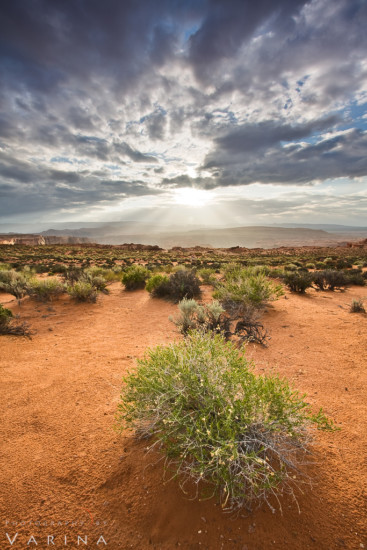
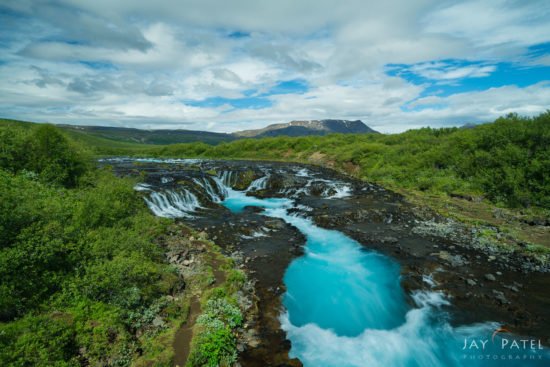

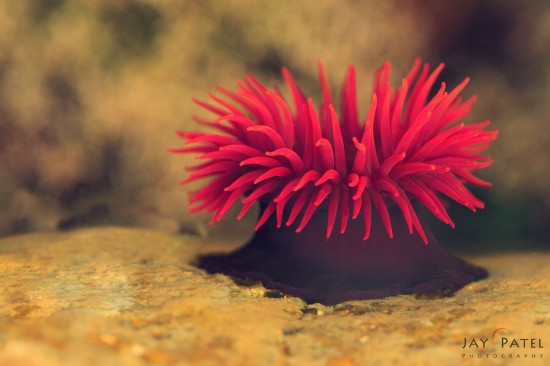
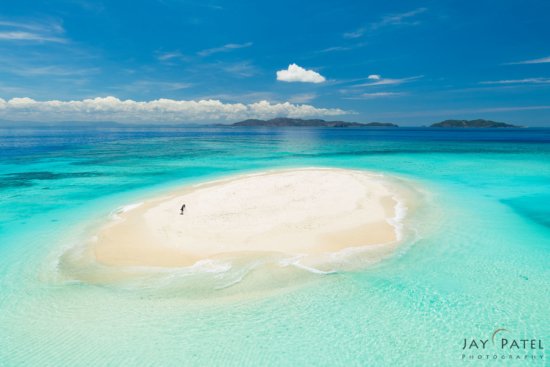

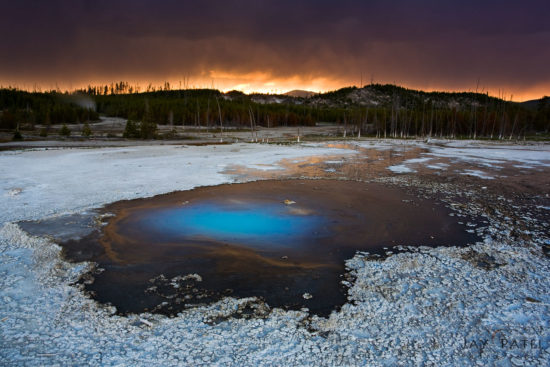
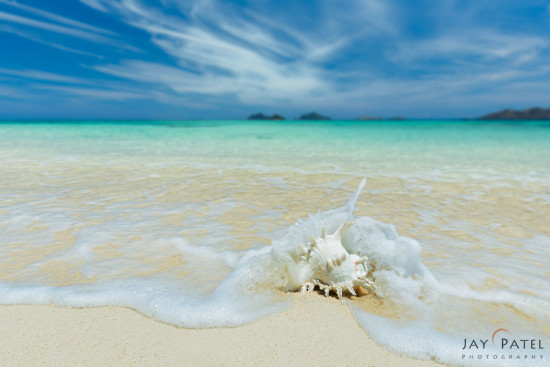
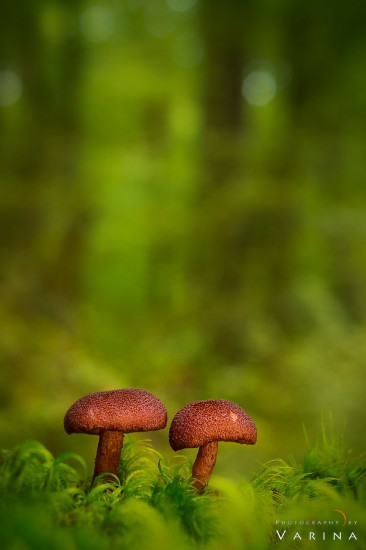
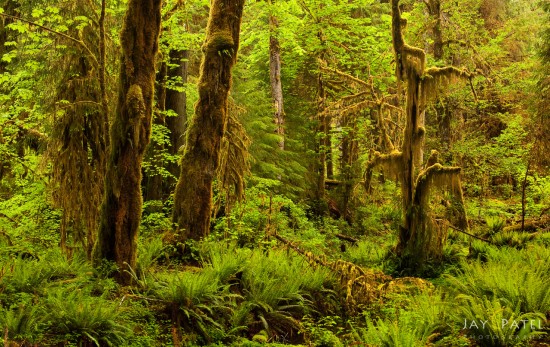
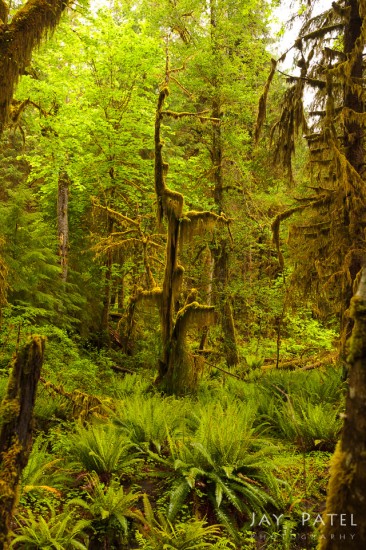
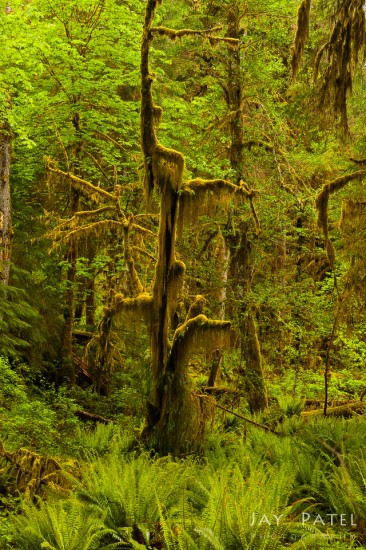
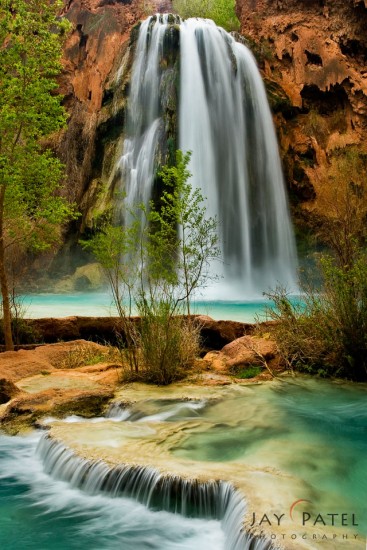





No comments:
Post a Comment
Thank you so much for your comment. A moderator will review and approve all relevant posts. We appreciate your support and encourage you to stay with us by subscribing to our email updates. Where you can easily pick and choose what photography subjects interests you. Subscription link: http://bit.ly/photo-sub